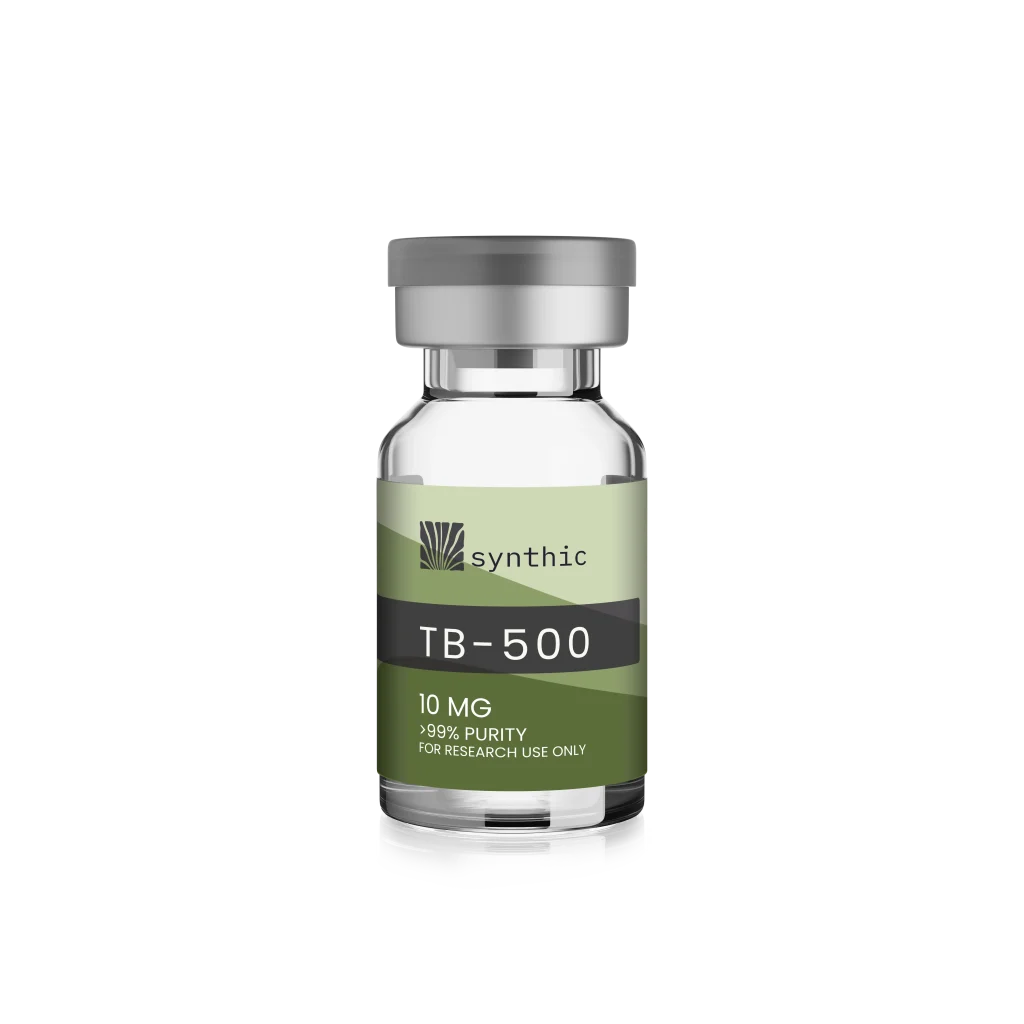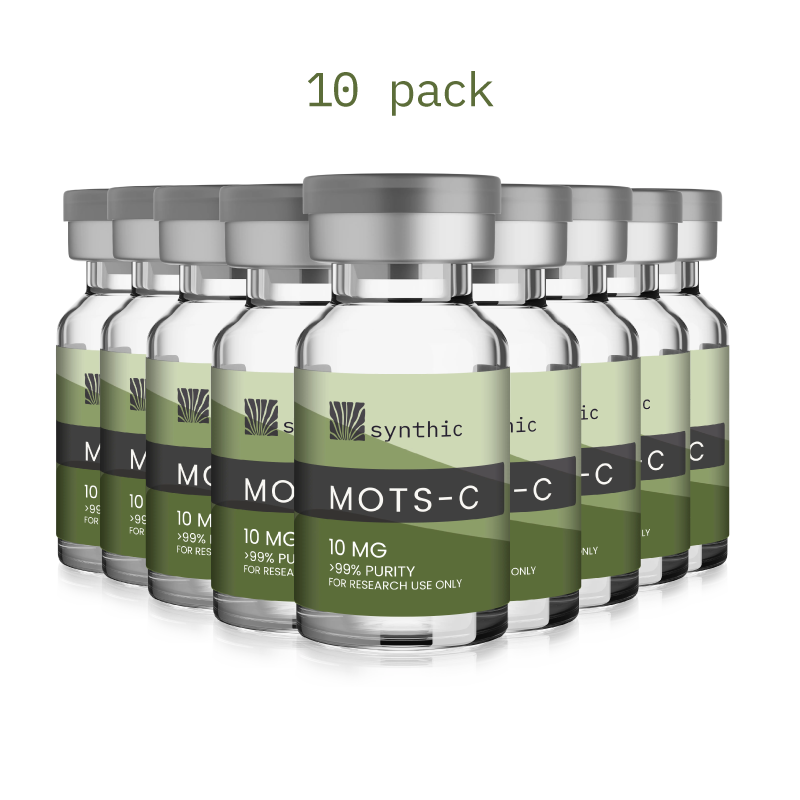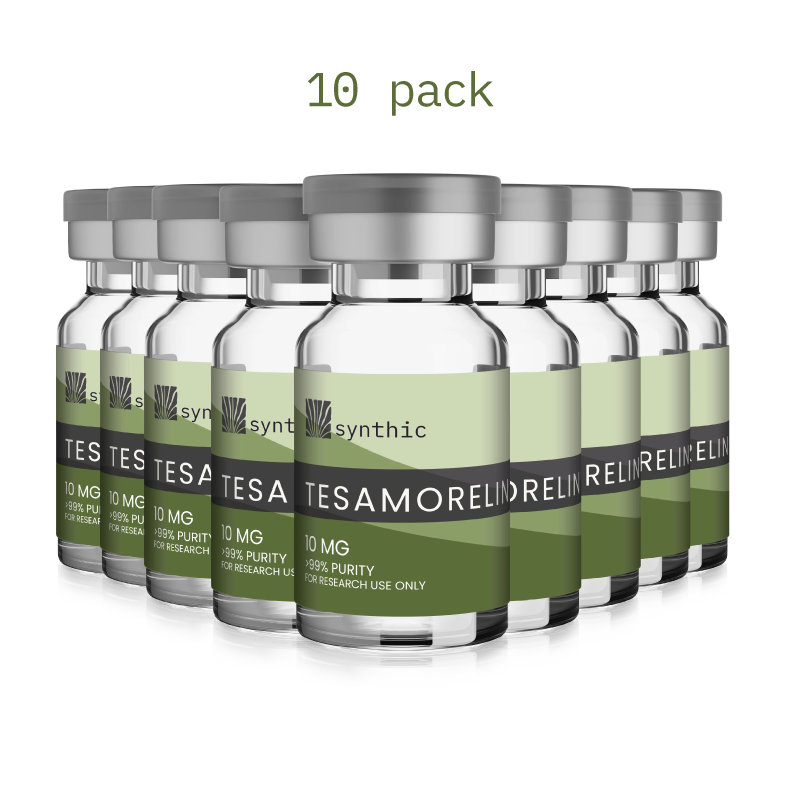As interest in cellular energy, aging, and metabolic function intensifies, NAD+ (nicotinamide adenine dinucleotide) has emerged as a key molecule in the study of mitochondrial performance, DNA repair, and overall cellular health. Found in every living cell, NAD+ acts as a critical coenzyme in redox reactions and is essential for maintaining energy balance and metabolic integrity.
With age and chronic stress, NAD+ levels decline—a change linked to mitochondrial dysfunction, insulin resistance, and reduced resilience to physiological stress. This article explores the science behind NAD+, its role in research, and why it continues to gain momentum in studies focused on aging, metabolism, and performance optimization.
What Is NAD+?
NAD+ is a coenzyme derived from vitamin B3 (niacin) and plays a vital role in cellular respiration, DNA repair, and cell signaling. It serves as a key electron carrier in metabolic reactions, shuttling energy between molecules to fuel ATP production.
There are two primary forms:
- NAD+ (oxidized form) – accepts electrons in metabolic pathways
- NADH (reduced form) – donates electrons during energy production
Together, they drive crucial processes that keep cells alive and functioning under stress or during high energy demand.
Why NAD+ Matters in Research
NAD+ is involved in numerous cellular systems, including:
- Mitochondrial energy production (ATP synthesis)
- Activation of sirtuins (SIRT1–SIRT7), key longevity-associated proteins
- PARP-mediated DNA repair
- Inflammatory regulation and oxidative stress control
- Circadian rhythm regulation and metabolic gene expression
In preclinical studies, boosting NAD+ levels has been linked to improved mitochondrial efficiency, increased lifespan in animal models, and enhanced resistance to metabolic dysfunction.
NAD+ Decline and Aging
NAD+ levels naturally decline with age, contributing to:
- Mitochondrial dysfunction
- Increased oxidative stress
- Impaired glucose and lipid metabolism
- Accumulation of DNA damage
- Chronic inflammation (inflammaging)
This drop in NAD+ is considered a hallmark of aging and a driver of various age-related diseases, from neurodegeneration to metabolic syndrome.
Methods to Support NAD+ in Research
Several NAD+ precursors and strategies are being studied to restore or enhance intracellular NAD+:
1. Nicotinamide Mononucleotide (NMN)
- Direct precursor to NAD+
- Shown to improve insulin sensitivity and vascular function in research models
2. Nicotinamide Riboside (NR)
- B3 derivative that converts to NMN before becoming NAD+
- Studied for effects on endurance, cognition, and mitochondrial function
3. NAD+ Injections or IV Protocols
- Used in controlled research environments to increase systemic NAD+ levels directly
- Explored for potential roles in fatigue, detoxification, and cellular resilience
4. Sirtuin Activators and PARP Inhibitors
- Strategies to preserve or amplify NAD+ function by modulating how it’s consumed
NAD+ at a Glance
| Feature | Details |
| Molecular Function | Electron transfer, energy production, cell signaling |
| Primary Pathways | Glycolysis, TCA cycle, oxidative phosphorylation |
| Related Compounds | NMN, NR, niacin, NADH |
| Key Research Areas | Aging, metabolism, mitochondrial dysfunction, DNA repair |
| Delivery Routes | Oral precursors, subcutaneous/intravenous (in research) |
| Safety Profile | Generally well-tolerated in controlled experimental settings |
Applications in Metabolic and Longevity Research
Metabolism and Energy:
NAD+ supports efficient energy production via the electron transport chain, especially in high-demand tissues like muscle, brain, and liver.
Aging and Longevity:
Increased NAD+ has been linked to improved lifespan and healthspan in rodent models, primarily through its effects on sirtuins and DNA maintenance.
Cognitive and Neurological Support:
Research has connected NAD+ restoration with reduced neuroinflammation, improved cognitive function, and protection against age-related decline.
Exercise and Recovery:
Elevated NAD+ levels are associated with enhanced endurance, faster recovery, and better mitochondrial adaptation to training stimuli.
Research Use Considerations
While NAD+ and its precursors show promise, research remains ongoing. Considerations include:
- Bioavailability: NAD+ itself has poor oral absorption, so precursors like NMN and NR are often preferred
- Formulation Stability: Some NAD+ preparations require careful storage to avoid degradation
- Dosing Strategies: Effective dosages vary between delivery routes and compounds
- Safety Monitoring: Most studies report good tolerability, but human data is still evolving
Conclusion
NAD+ sits at the crossroads of energy metabolism, aging, and cellular repair. As a master regulator of mitochondrial function and stress response, it continues to attract significant attention in preclinical and early clinical research. Whether through supplementation with NMN, NR, or direct NAD+ protocols, restoring NAD+ levels offers a compelling pathway for optimizing energy, longevity, and resilience at the cellular level.With growing interest in mitochondrial health and bioenergetic support, NAD+ is more than a coenzyme—it’s becoming a cornerstone of next-generation longevity science.



